1. Religious Beliefs and Spiritual Practices
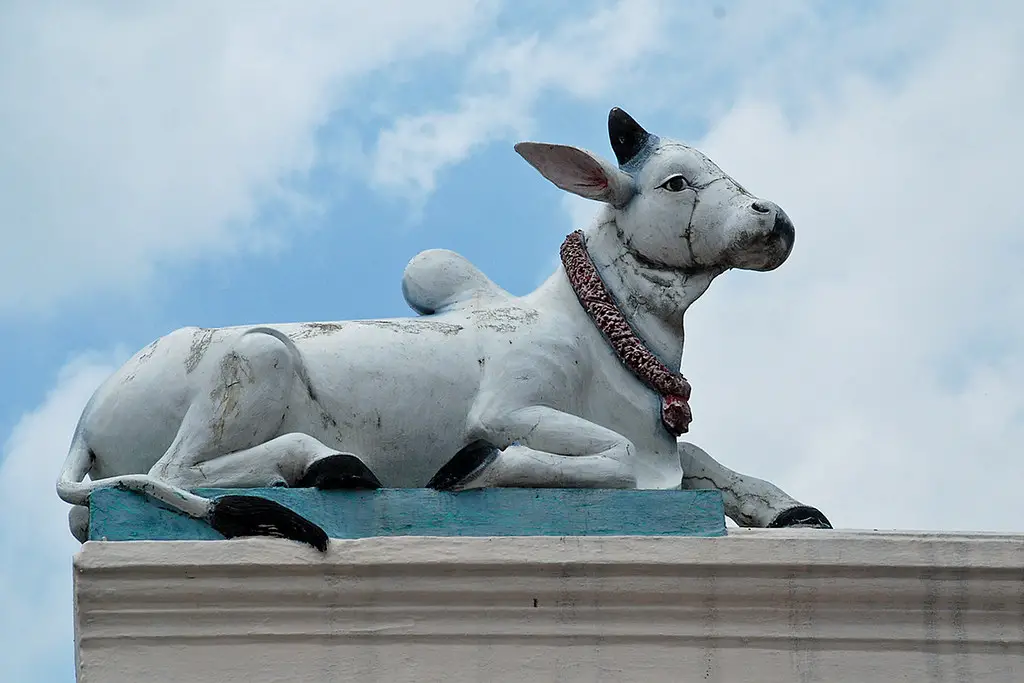
In many cultures, animals are revered due to religious or spiritual beliefs. According to Britannica, Hinduism, for example, holds the cow as sacred, viewing it as a symbol of nonviolence, selflessness, and earthly abundance. In Hindu society, harming a cow is considered an unforgivable act, and protecting cows is seen as a moral duty. Similarly, ancient Egyptian culture worshiped cats, associating them with the goddess Bastet, who symbolized fertility, protection, and love. Cats were not only protected but also revered as guardians of the home. In contrast, religions like Christianity and Islam do not hold particular animals as sacred but allow the consumption of a wide range of animals, provided they are slaughtered according to the religious guidelines.
In these faiths, animals are seen as part of the natural world, created by God for human use, including food. Meat consumption is considered permissible, as long as the animal is treated humanely during slaughter. This highlights the stark difference in how animals are viewed in spiritual practices across the world. For some, animals are sacred beings to be worshipped, while for others, they are seen as resources meant for consumption, underlining the diversity of beliefs and values in different religious contexts.
2. Cultural Identity and Symbolism
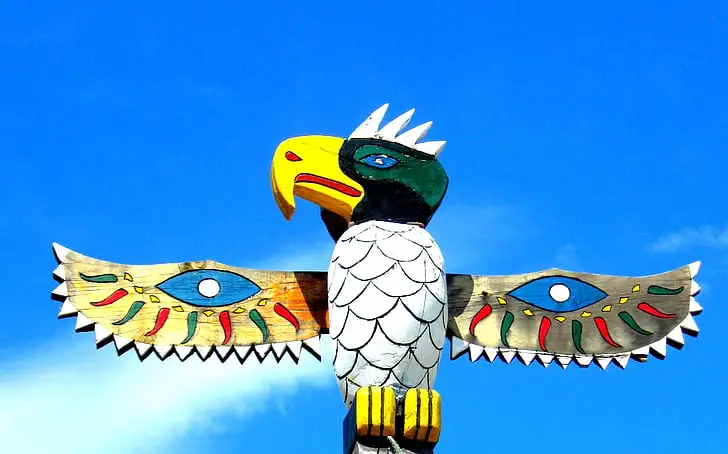
Animals often symbolize important aspects of a culture’s identity. In many indigenous cultures, animals hold deep spiritual meaning and represent virtues or qualities that are central to the community’s values. According to the University of Minnesota Duluth, the eagle is revered by various Native American tribes as a symbol of freedom, strength, and connection to the divine. The lion, as a symbol of courage and power, is similarly worshiped in cultures around the world, from African tribal societies to ancient civilizations such as the Greeks and Romans. These animals are not only seen as symbols of power but are often integrated into rituals, art, and even governance.
On the other hand, in cultures where meat consumption is prevalent, animals are often seen as an integral part of daily life. For example, in countries such as Argentina and Brazil, beef is not just a staple food but a symbol of national pride and tradition. The act of consuming animals in these societies can be intertwined with cultural celebrations, such as barbecues and festivals, where specific meats are prepared and shared. This cultural connection to food reinforces the identity of the people, creating bonds between individuals and their history. In many ways, the act of worshipping or consuming animals serves to strengthen cultural identity, shaping how societies see themselves and their place in the world.
3. Economic and Practical Reasons
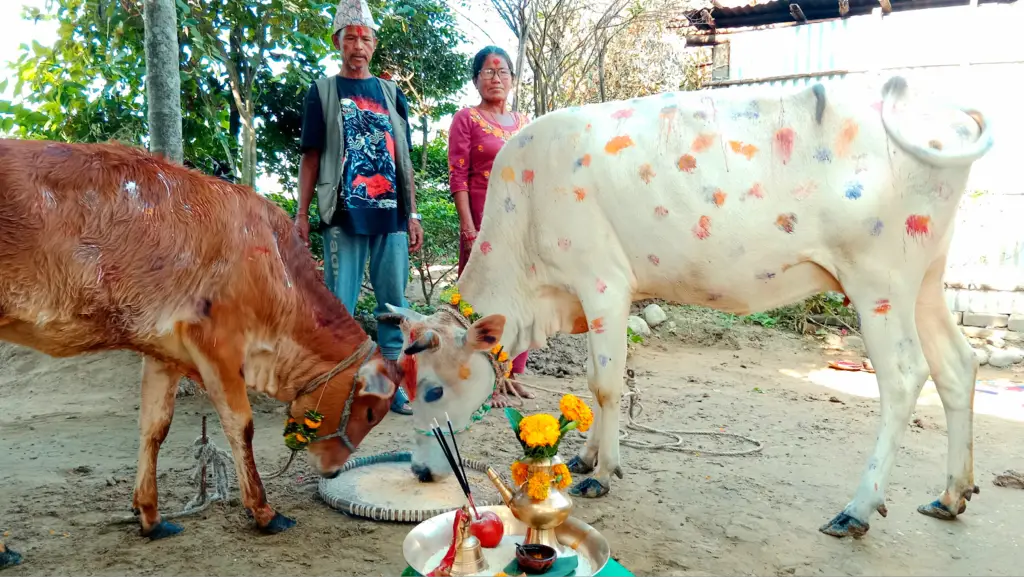
In some countries, animals are not only revered for religious or cultural reasons but also play a crucial role in the economy. For example, in Nepal, cows are both sacred and economically valuable. According to the American Himalayan Foundation, they are worshiped during festivals like Gai Jatra, where they are honored for their contribution to the community, particularly in agriculture. The cow provides milk, fertilizer, and labor, making it an essential part of rural livelihoods. Additionally, its spiritual significance encourages farmers to treat the animal with respect and care, fostering a mutually beneficial relationship between humans and animals. In contrast, in many parts of the world, the economic necessity of consuming animals is based on practical considerations.
In regions where crop farming is less feasible due to climate or terrain, livestock becomes an essential food source. For example, in parts of Central Asia and Sub-Saharan Africa, nomadic communities rely heavily on livestock for sustenance. The economic value of animals, such as goats, sheep, and cows, goes beyond meat, as they also provide milk, wool, and hides. Thus, while some cultures view animals as sacred beings deserving of reverence, others view them as a practical resource essential for survival. The economic role of animals directly influences how they are treated, whether worshipped or consumed, demonstrating the complex relationship between culture, economics, and animals.
4. Environmental Influence

The environment plays a significant role in shaping how animals are perceived and treated in various cultures. In cold regions, where hunting and animal rearing are necessary for survival, animals often hold symbolic or sacred importance. In the Arctic, for instance, animals such as polar bears, seals, and whales are not only vital for food but also central to the spiritual beliefs of indigenous peoples. The Inuit people, for example, view the seal as a giver of life, essential for food, clothing, and tools, as discussed by The Guardian. Such cultures emphasize the importance of maintaining a harmonious relationship with animals, believing that disrespecting them could lead to scarcity and hardship. In these cases, reverence for animals often stems from practical survival needs, where worship serves as a form of gratitude for the resources provided.
On the other hand, in regions where agriculture is the primary source of food, animals are often seen more as a commodity for consumption. In temperate climates, farming communities may raise animals primarily for meat, and rituals around animals may focus on their role in providing food and labor. The natural environment, whether harsh or fertile, shapes not only the practical role of animals in a community but also the way they are viewed — as sacred beings to be worshipped or as resources to be consumed.
5. Historical and Evolutionary Factors
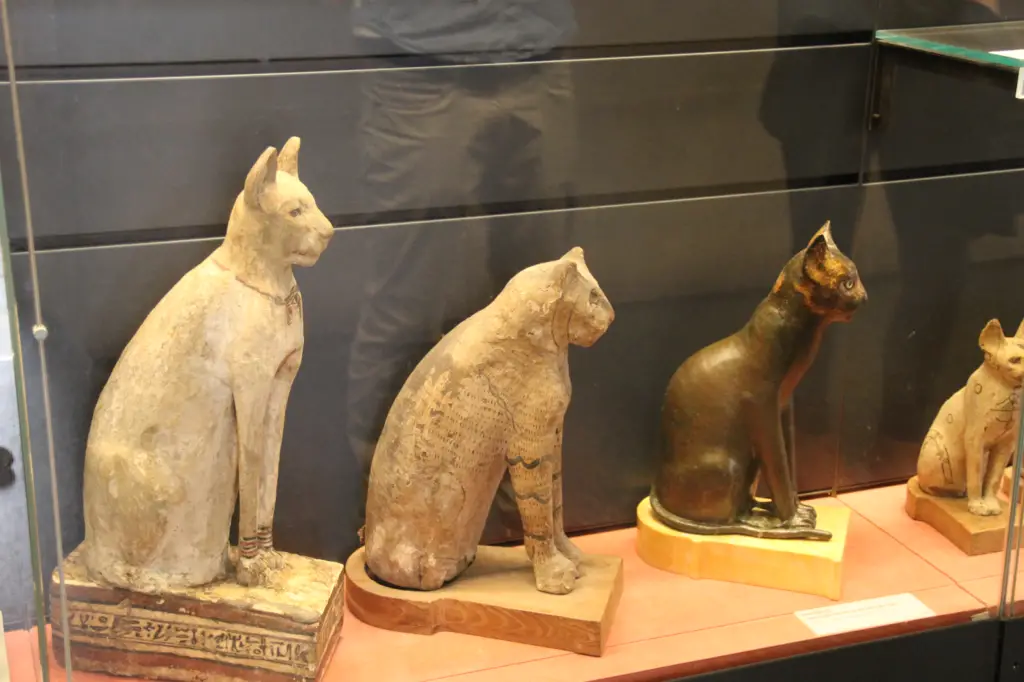
Historically, certain animals have been revered due to their power, mysticism, or role in mythology. The ancient Greeks worshipped owls, associating them with Athena, the goddess of wisdom, and viewed them as symbols of knowledge and intellect. Owls were considered omens of good fortune and were believed to possess divine insight. Similarly, according to the American Research Center in Egypt, the ancient Egyptians held cats in high regard, not only because of their ability to protect food supplies from pests but also for their spiritual significance, associating them with the goddess Bastet. These beliefs about animals were deeply ingrained in the social and religious fabric of these ancient cultures. On the other hand, the practice of consuming animals is also rooted in historical necessity. As human societies evolved, the domestication of animals played a crucial role in survival.
In agrarian societies, animals such as cows, pigs, and chickens were domesticated for food, milk, eggs, and labor. The historical need for protein-rich foods led to the widespread practice of eating meat, which became an integral part of daily life. Over time, these evolutionary factors shaped the way different cultures view and interact with animals. While some cultures worship animals for their divine associations, others have evolved practices of consumption based on survival and dietary needs.
6. Biodiversity and Conservation
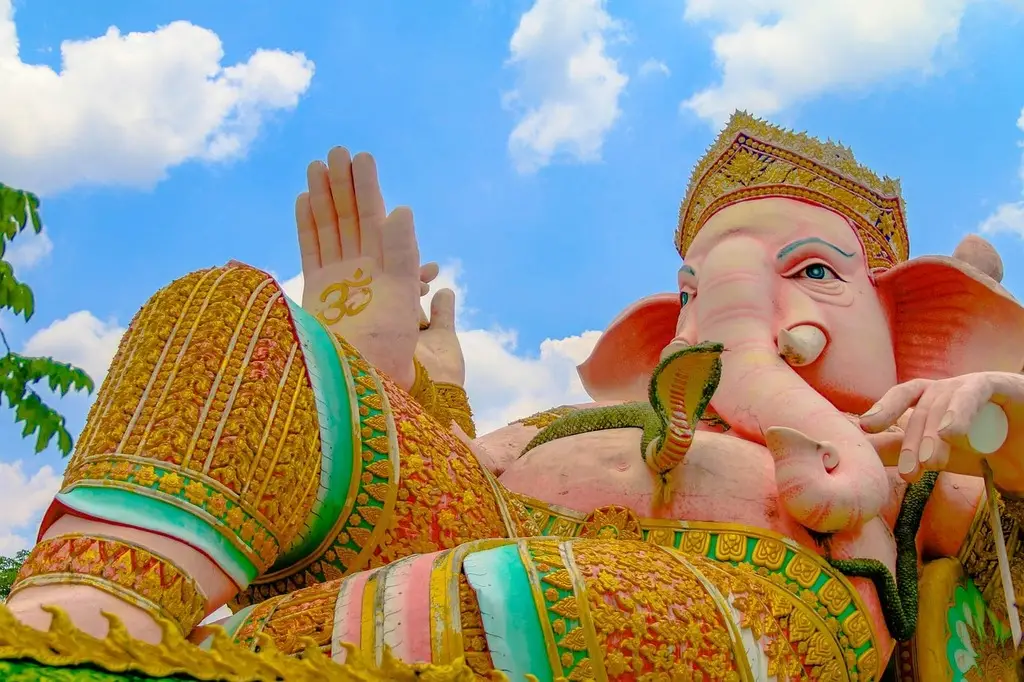
In modern times, animal worship can be linked to efforts aimed at protecting endangered species and promoting biodiversity. In countries like India, where certain animals like elephants and tigers are revered in religious practices, there are also extensive conservation programs aimed at protecting these animals from poaching and habitat loss. The act of worshiping these animals often goes hand in hand with efforts to ensure their survival, with communities engaging in rituals that honor these creatures while simultaneously working to protect them. In some cases, animals’ sacred status in religion has led to legal protections, such as the prohibition of hunting and trading in sacred animals. In contrast, the consumption of animals can sometimes lead to overhunting and environmental degradation.
However, many cultures have adapted sustainable practices to ensure that meat consumption does not deplete resources. For instance, indigenous tribes often hunt in a way that respects the ecosystem, ensuring that hunting practices are sustainable and that animal populations remain healthy. The relationship between worship, consumption, and conservation is complex, with some cultures viewing reverence as a way to protect animals, while others rely on careful management and sustainable practices to balance consumption with preservation.
7. Animal Rights and Ethics

In societies where animal rights are emphasized, worship often reflects an ethical commitment to nonviolence and compassion. In Buddhist cultures, for example, the belief in ahimsa, or non-harm, extends to animals, and many people practice vegetarianism as a way of minimizing harm to living creatures. In these cultures, animals are often seen as sentient beings deserving of respect and care, leading to the adoption of practices that avoid killing or exploiting them. Worshiping animals in this context is not just about spiritual reverence but also about ethical responsibility toward their well-being. On the other hand, some cultures see the consumption of animals as part of the natural order.
In these societies, eating meat is viewed as essential to human life, and ethical considerations are balanced with the belief that animals are meant to be used for food. However, ethical concerns about animal treatment have led to the rise of movements focused on humane farming and slaughter practices. In these contexts, animal rights are taken into account, and efforts are made to ensure that animals are treated with dignity, even if they are raised for food. The ethical debate surrounding animals reveals a growing awareness of their rights and the need to balance human needs with compassion for the animal kingdom.
8. Social Status and Rituals

In some regions, animal worship is intertwined with social and political structures. In ancient China, for example, the dragon was a symbol of imperial authority, representing power, wisdom, and divine rule. Emperors were often associated with the dragon, and its image was used to assert their authority and legitimacy. The dragon’s sacred status in Chinese culture helped elevate the prestige of the emperor, reinforcing the connection between animal symbolism and social hierarchy. Similarly, in other cultures, rulers and elites often adopt animals as symbols of status and power. In contrast, the consumption of certain animals can also serve as a marker of social status.
In many cultures, rare or exotic meats are reserved for the wealthy, with the consumption of certain animals signifying high social rank. For example, in some parts of the world, eating delicacies like caviar or game meats is associated with wealth and privilege. Rituals involving food, whether in the form of animal worship or consumption, are often used to reinforce social structures and hierarchies. These practices reflect how animals can be imbued with social, political, and cultural meaning, shaping how they are revered or consumed based on one’s status.


